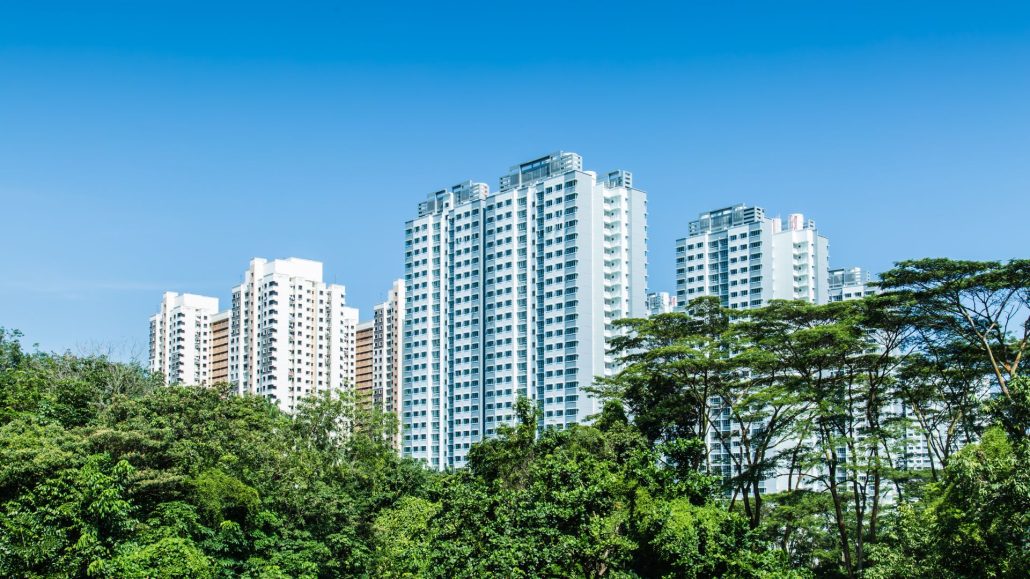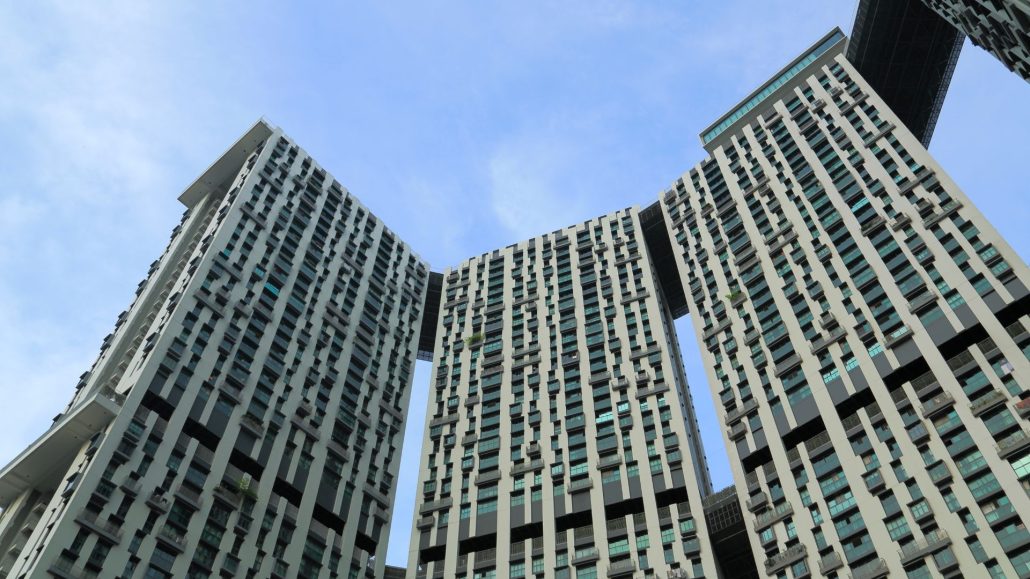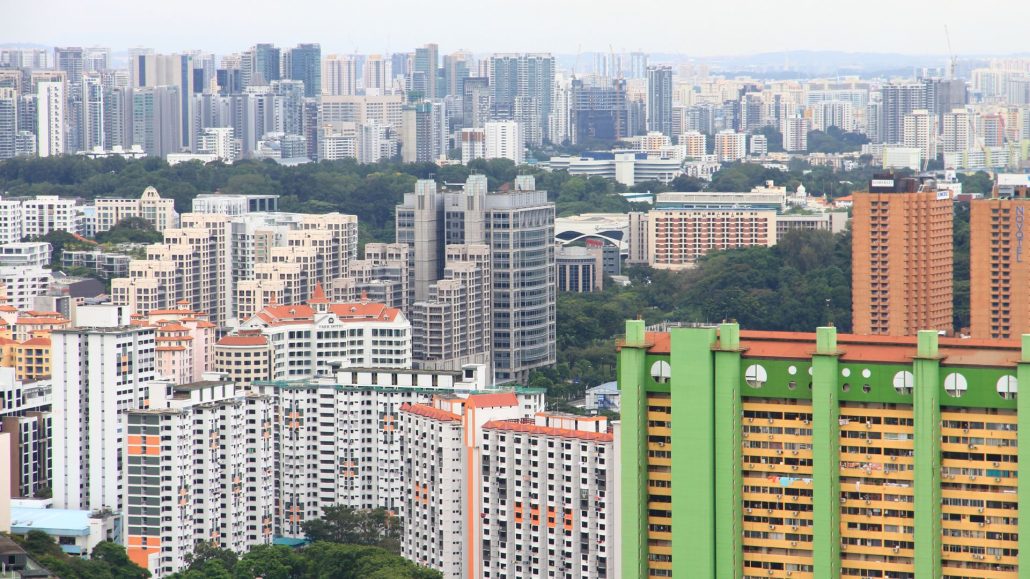To ensure public housing in prime areas remains accessible and affordable, the Singapore government introduced the Prime Location Public Housing (PLH) model to curb speculative buying. By implementing a series of measures, the PLH model seeks to balance housing market demands with social equity. In this article, we will explore the key measures introduced under the PLH model and how they may affect you and your future home purchases.

What is Prime Location Public Housing?
The Prime Location Public Housing (PLH) was introduced by HDB in October 2021. It aims to maintain affordable and accessible public housing in Singapore’s prime areas while reducing speculative activity, commonly referred to as the “lottery effect”. This happens when Singaporeans who were fortunate enough to secure a new flat in a prime location were able to profit significantly upon selling their flat after the Minimum Occupation Period (MOP). A popular case study for this is the Pinnacle @ Duxton.
The Singapore government has designated 4 HDB towns as prime locations for now: Rochor, Queenstown, Kallang/Whampoa, and Bukit Merah. BTO flats in these areas may or may not be released under the PLH model, depending on the site’s market value and proximity to public transport nodes and other amenities. Here’s a list of the past BTO launches that comprised PLH projects.
| BTO Launch | BTO Projects under the Prime Location Public Housing (PLH) model |
| Nov 2021 | River Peaks I & II (Rochor) |
| Feb 2022 | King George’s Heights (Kallang/Whampoa) |
| May 2022 | Bukit Merah Ridge (Bukit Merah); Ghim Moh Ascent (Queenstown) |
| Aug 2022 | Havelock Hillside (Bukit Merah); Alexandra Vale (Bukit Merah) |
| Nov 2022 | Ghim Moh Natura (Queenstown); Ulu Pandan Banks (Queenstown); Kallang Horizon (Kallang/Whampoa) |
| Feb 2023 | Farrer Park Fields (Kallang/Whampoa); Ulu Pandan Glades (Queenstown) |
| May 2023 | Farrer Park Arena (Kallang/Whampoa) |
| Oct 2023 | Tanglin Halt Cascadia (Queenstown); Verandah @ Kallang (Kallang/Whampoa) |
| Dec 2023 | Alexandra Peaks (Bukit Merah); Ulu Pandan Vista (Queenstown) |
| Feb 2024 | Tanglin Halt Courtyard (Queenstown) |
Furthermore, in hopes of maintaining affordability and preventing these desirable locations from becoming exclusive enclaves only for those who are better-off , a series of measures were also announced under the PLH model.
Key measures under the Prime Location Public Housing (PLH) model
1. MOP extension to 10 years and tighter rental conditions
One of the most significant changes under the PLH model is the extension of the Minimum Occupation Period (MOP) from the standard 5 years to 10 years. This means that homeowners must live in their flat for a full decade before they are eligible to sell it on the open market – considering the waiting time for the flat, you can only sell the flat 15 to 16 years after your initial purchase . The extended MOP is designed to discourage speculative buying and “flipping” of properties for profit.
Moreover, this 10-years MOP period is applied to both BTO and resale buyers of PLH flats. Owners of flats under the PLH model are also not allowed to rent out the entire apartment even after the 10-years MOP. Only renting out of spare rooms is allowed after the MOP period.
2. Additional subsidies and the subsequent recovery of these subsidies
To make prime location flats more affordable, there are additional subsidies for BTO flats under the PLH model. These subsidies are aimed at leveling the playing field, and to ensure that flats in prime areas remain accessible to more Singaporeans.
However, there is a catch: when selling the flat, owners must return a portion of the resale price to the government. This subsidy recovery mechanism helps maintain fairness for other BTO applicants who did not receive these additional subsidies. The exact percentage of subsidy recovery varies by project and is announced prior to the launch.

3. Reduction of quotas for Married Child Priority Scheme (MCPS)
The Married Child Priority Scheme (MCPS) allocates a certain percentage of units to couples who wish to live near their parents. Under the PLH model, the quotas for MCPS have been reduced. Typically, up to 30% of units are allocated to first-timer families and 15% to second-timer families under MCPS. For PLH projects, these percentages may be adjusted depending on the location and existing supply of housing in the area. This adjustment ensures a more equitable distribution of prime location flats, allowing more families to have the opportunity to live in these areas.
4. Resale flat buyers also subject to BTO eligibility criteria
Another significant change under the PLH model is the application of BTO eligibility criteria to resale flat buyers. This means that even when buying a PLH flat on the resale market, buyers must meet the same stringent eligibility requirements as those purchasing a new BTO flat. This includes criteria such as citizenship, family nucleus, and income ceilings.
| Conditions | Prime Location Public Housing (PLH) resale flats | Typical resale flats |
| Family nucleus | Must have an eligible core family nucleus (i.e. a married couple) | Must have an eligible core family nucleus or singles 35 years old and above |
| Citizenship | At least one applicant is a Singapore citizen (SC); Household must comprise at least one SC and one Singapore permanent resident (SPR) | At least one applicant is a SC or SPR.; Household can comprise only SPRs. |
| Income ceiling | Prevailing (currently $14,000) | Not applicable |
| Interest/Ownership in private property | Must not own or have an interest in a private property and have not disposed of any in the last 30 months. | Allowed, but must dispose of private property within 15 months of buying the resale flat. |
Should you buy a flat under the Prime Location Public Housing (PLH) model?
Given the more stringent requirements to purchase a flat under the PLH model, not all interested buyers might qualify for one, and it is important to take note of any possible updates to the prevailing eligibility conditions set by HDB.
Deciding whether to buy a flat under the PLH model would depend on your priorities and long-term plans. If you are purchasing a home for your own-stay, and accessibility, convenience, and living in a prime location are high on your list, a PLH unit could be an excellent choice. The flats’ lower pricing relative to comparable homes in the respective vicinities, coupled with additional subsidies make these flats financially attractive, provided you are prepared for the subsidy recovery upon resale.

However, if you are looking for flexibility in your housing options, such as the ability to move after a shorter period, or to rent out your entire flat, a PLH flat might not be the best fit. Young couples planning to start a family should consider whether the long MOP aligns with your future plans, such as moving closer to schools or upgrading to a larger home. The extended MOP and stricter resale criteria could pose challenges, particularly for those with changing family needs or those hoping to profit significantly from their property investment.
In conclusion, PLH flats offer a mix of benefits and restrictions aimed at fostering a fairer public housing system that is more inclusive for households with different budgets and housing needs. By carefully weighing these factors and aligning them with your personal and financial goals, you can make an informed decision about whether a PLH flat is the right choice for you.
Want to find the best mortgage rate in town? Check out our free comparison service to learn more!
Read more of our posts below!

